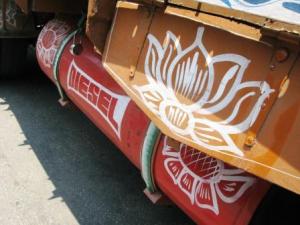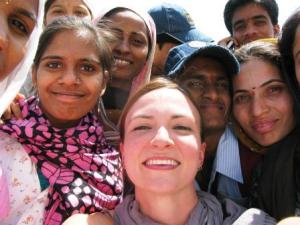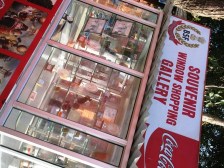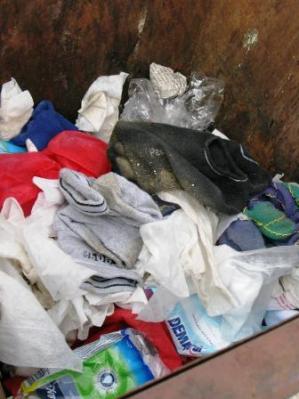I travel to eat. I’ve planned entire itineraries around trips to markets and street vendors, restaurants and cafes. Upon landing in Croatia, the very first outing Mike & I took was to the corner bakery. As in, I set down my backpack, then we went to the corner bakery. He summed the situation up well on my Facebook page ” i am taking a burek break for 24 hours. a man cannot constantly live in a state of nirvana.”
Burek. The defining pastry of the Balkans (and Turkey!) How have I come to be in my mid-thirties without you?

Cheese burek, Skopje.
A quick introductory lesson – burek is a flaky stuffed pastry dish, sometimes in cut sheets, sometimes round and cut in slices, sometimes shaped in tube-like rolls, sometimes shaped in tube-like rolls rolled in spirals – all depending on the region. The pastry has a crispy, slightly oily, golden crust and a wonderful chewiness on the inside, in the same way that crispy-chewy quality makes Asian potstickers so addictive. At every corner bakery you’ll find pizza, cherry stuffed pastries, and burek with meat, spinach or cheese.

Cheese burek, Sarajevo.
Though my introduction to the Balkan delicacy of burek began on my first day in Zagreb (burek is one of the reasons I was here – I’ve devoted a photo gallery to it!), my Sarajevo burek experience was nonpareil. We choose a burek restaurant in the middle of town that sold only two things: 4 kinds of burek and the yogurt sauce to pour on top.

Burek shop, Sarajevo.
The shop must have been unchanged for at least 50 years. Cut from large pans and sold by weight from an antique scale at the front of the windowed cases, we devoured our treat off of utilitarian metal plates, seated on fixed diner-style single stools at a curved formica counter. There was a certain efficiency about the meal, as the establishment seemed to have singular purpose. Much like a hot dog stand, patrons didn’t linger; they ate their fill, and moved on quickly, or took paper-wrapped pieces to go. In Bosnia, the dough is wrapped in long tubes around a singular filling – either ground meat, crumbly cheese, spinach or (what came to be our favorite) spicy shredded potato and onion.

Spinach pastry in Zagreb.
I’d anticipated difficulty for a vegetarian in such a meat-loving corner of the world, but easy access to spinach and cheese pastry made instant breakfasts, snacks, side dishes and travel meals. Better yet, it’s very difficult to tire of the stuff. It’s comfort food – filling and buttery, hot and salty.

Cheese burek & sesame simit, Istanbul.
Like all products better made by tradition, the best burek came from burek specialty shops. This simply isn’t an experience that can be mass-produced by a bakery chain or (gasp) supermarket. Other burek highlights from the trip: being guided to a Skopje old town traditional burek shop (burek is round, crunchy fried phyllo wheels in madedonia), 6am Istanbul arrival burek with tea (the burek shop was the only thing open on Istiklal Street that early in the day), and selfishly hoping to get the last bite of room temperature potato burek that we shared on our bus trip to Dubrovnik – via picture-perfect Mostar.
The bad news? I never reached my burek breaking point (Mike had a month’s head start on me!)
The good news? We have two(!) locations within walking distance of our Charlotte, NC home that proudly serve burek: a fantastic Serbian pizzaria (best pizza & tiramisu in town, easily), and a Bosnian deli which recently expanded to have a full cafe. Be sure to try them out –
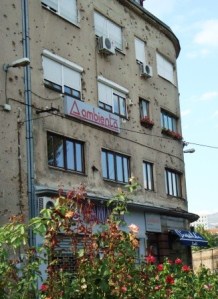
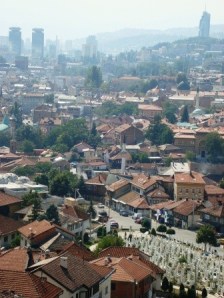
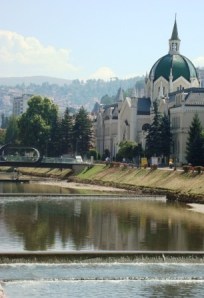


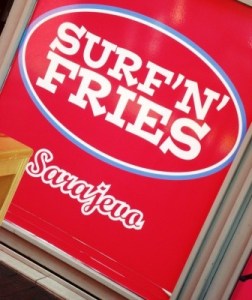

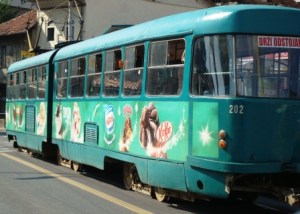

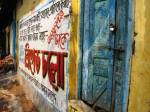
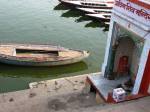

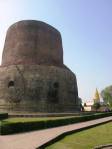
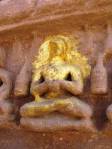

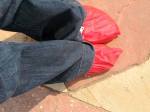

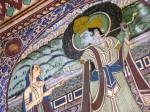














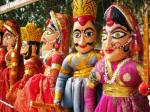

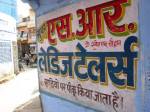






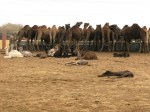










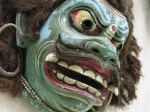




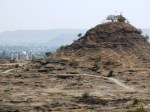

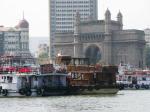





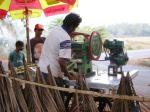



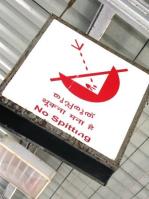



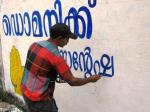


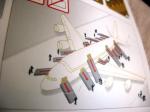







 Check out this great promo for a contest The Times of India was hosting. Really, this is what India felt like for me, complete with elephant. Love it! (The tagline is “Celebrate a Circus Called India.”)
Check out this great promo for a contest The Times of India was hosting. Really, this is what India felt like for me, complete with elephant. Love it! (The tagline is “Celebrate a Circus Called India.”)







